

Articles
How To Store Breast Milk When Going Out
Modified: February 23, 2024
Learn the best methods for storing breast milk when you're on the go with our helpful articles. Find practical tips and guidelines to ensure your baby gets the freshest milk while you're away.
(Many of the links in this article redirect to a specific reviewed product. Your purchase of these products through affiliate links helps to generate commission for Storables.com, at no extra cost. Learn more)
Introduction
As a nursing mother, it’s natural to want to provide breast milk for your baby, even when you’re away from home. Properly storing breast milk is crucial to maintaining its nutritional value and ensuring its safety for your baby. Whether you’re going back to work, running errands, or simply taking a break, having a plan for storing and transporting breast milk is essential.
In this article, we will discuss the importance of properly storing breast milk and provide useful tips for storing breast milk when going out. Whether you are a first-time mom or experienced in breastfeeding, these guidelines will help you navigate the process of safely storing and handling breast milk.
Let’s dive in and explore the best practices for storing breast milk when you’re on the go.
Key Takeaways:
- Properly storing breast milk is essential for preserving its nutritional value, protecting against contamination, reducing wastage, ensuring convenience, and promoting continuity in feeding routines, even when you’re on the go.
- When storing breast milk on the go, invest in insulated bags, use ice packs, plan pumping sessions, and be mindful of storage times to maintain the quality and safety of the milk for your baby’s consumption.
Read more: How To Store Breast Milk On The Go
Importance of Properly Storing Breast Milk
Properly storing breast milk is essential for preserving its nutritional value and ensuring that it remains safe for your baby to consume. Breast milk contains a wide range of nutrients, antibodies, and enzymes that help support your baby’s growth and development.
Here are a few key reasons why proper storage of breast milk is important:
- Promotes Healthy Growth and Development: Breast milk contains the perfect balance of nutrients required for your baby’s growth. By storing breast milk properly, you can maintain its nutritional composition, ensuring that your baby gets all the necessary vitamins, minerals, and antibodies.
- Protects Against Contamination: Proper storage helps prevent the growth of harmful bacteria in breast milk. Bacteria can multiply rapidly in improperly stored milk, potentially leading to infections and digestive issues in your baby. By following guidelines for storage, you can protect your baby from these risks.
- Reduces Wastage: Storing breast milk correctly can help minimize wastage. By adhering to proper storage practices, you can extend the shelf life of breast milk and avoid having to discard any excess or expired milk.
- Ensures Convenience: Properly stored breast milk allows you the flexibility to feed your baby even when you’re not physically present. This can be especially beneficial when you’re at work, attending an event, or simply need a break. It allows others to feed your baby with confidence, knowing that they have access to safe and nutritious milk.
- Promotes Continuity: Storing breast milk enables you to maintain a consistent feeding routine for your baby, even if you’re not always available to nurse. This can be beneficial for establishing a breastfeeding routine and ensuring that your baby continues to receive the benefits of breast milk, even when you’re apart.
By understanding the importance of proper storage, you can ensure that your baby receives all the benefits of breast milk, even when you’re on the go.
Preparing for Breast Milk Storage
Before you start storing breast milk, it’s important to ensure that you have the necessary supplies and a clean, hygienic environment. Here are some key steps to follow when preparing for breast milk storage:
- Wash Your Hands: Before handling breast milk, make sure to wash your hands thoroughly with soap and warm water. This will help prevent the transfer of any bacteria or contaminants to the milk.
- Clean Pumping Equipment: If you’re pumping breast milk, ensure that your pumping equipment, including the breast pump and storage containers, is clean and sterilized. Follow the manufacturer’s instructions for proper cleaning and sanitation.
- Use Clean Storage Containers: Choose storage containers that are specifically designed for storing breast milk, such as BPA-free bottles or storage bags. Make sure the containers are clean and have been sterilized before use.
- Check Expiration Dates: Always check the expiration dates on your storage bags or containers before storing breast milk. Using expired containers can compromise the safety and quality of the milk.
- Prepare a Storage Space: Create a designated area in your refrigerator or freezer for storing breast milk. Make sure the space is clean and well-organized to prevent any cross-contamination.
- Have an Efficient System: Consider using a labeling system or organization method to keep track of the date and time each batch of breast milk was expressed. This will help you ensure that you use the oldest milk first and avoid any wastage.
By preparing for breast milk storage in advance, you can help maintain the quality and safety of the milk, ensuring that it remains suitable for your baby’s consumption.
Choosing the Right Storage Containers
Choosing the right storage containers is essential for preserving the quality and safety of your stored breast milk. Here are some factors to consider when selecting the appropriate containers:
- BPA-Free Materials: Look for storage containers that are made from BPA-free materials. Bisphenol-A (BPA) is a chemical commonly found in plastics and can potentially leach into the breast milk, which may have adverse effects on your baby’s health.
- Sealable and Leak-Proof: Opt for containers that have a tight and secure seal to prevent any leaks or spills. Leak-proof containers will help ensure that the milk remains fresh and uncontaminated during storage and transportation.
- Freezer-Safe: If you plan to freeze your breast milk, ensure that the containers are freezer-safe and can withstand low temperatures without cracking or damaging the milk. Check the packaging or manufacturer’s instructions to verify if the containers are suitable for freezing.
- Easy-to-Use: Choose containers that are easy to fill, pour, and thaw. Consider options with wide openings, measuring marks, and easy-to-read labels for convenient usage and accurate measurement of the milk.
- Space-Efficient: Depending on the available space in your refrigerator or freezer, consider the size and shape of the containers. Stackable or compact options can help maximize storage space, allowing you to store larger quantities of breast milk efficiently.
- Disposable or Reusable: Decide whether you prefer disposable storage bags or reusable containers. Disposable bags are convenient for storing smaller quantities and are easily disposable after use. Reusable containers, on the other hand, are more environmentally friendly options and can be washed and sterilized for repeated use.
Remember, regardless of the type of storage container you choose, proper handling, storage, and labeling of the containers are essential to maintain the quality and safety of your stored breast milk.
Guidelines for Handling Breast Milk
Proper handling of breast milk is crucial to maintain its integrity and ensure its safety for your baby. Here are some guidelines to follow when handling breast milk:
- Practice Good Hygiene: Before expressing or handling breast milk, wash your hands thoroughly with soap and water. This helps prevent the transfer of bacteria or contaminants to the milk.
- Label and Date Containers: Always label each storage container with the date and time the milk was expressed. This will help you keep track of the freshness of the milk and ensure that you use the oldest milk first.
- Follow Storage Guidelines: Be aware of the recommended storage guidelines for breast milk. Freshly expressed breast milk can be kept at room temperature for up to four hours, in the refrigerator for up to four days, and in the freezer for up to six months (check guidelines for deep freezers). Properly stored milk can usually be used even if it separates into layers. Gently swirl the container to mix the layers before offering it to your baby.
- Avoid Microwaving: Never microwave breast milk to warm it up as it can create hot spots that can burn your baby’s mouth. Instead, place the container of breast milk in a bowl of warm water or use a bottle warmer to gently warm the milk.
- Do Not Refreeze Thawed Breast Milk: Once you have thawed breast milk, it should be used within 24 hours. Avoid refreezing thawed breast milk as it can lead to the loss of important nutrients and create a higher risk of bacterial growth.
- Be Cautious with Pump Attachments: When using pumping attachments such as membranes, valves, and tubing, ensure that they are clean and in good condition. These parts can come into contact with breast milk and may need regular cleaning or replacement to maintain hygiene.
- Be Mindful of Storage Times: Keep track of the storage times for breast milk to ensure that it is used within the recommended guidelines. If you’re unsure about the freshness or safety of the milk, it’s best to discard it to avoid any risk of contamination.
By following these guidelines, you can maintain the quality and safety of breast milk, providing your baby with a nourishing and healthy feeding experience.
Read more: How To Store Breast Milk When Traveling
Tips for Storing Breast Milk When Going Out
When you’re going out and need to store breast milk, it’s important to plan ahead to ensure that your milk remains safe and fresh for your baby. Here are some useful tips for storing breast milk when you’re on the go:
- Invest in Insulated Bags or Coolers: Purchase a quality insulated bag or cooler specifically designed for storing breast milk. These bags or coolers help maintain the temperature of the milk, keeping it cold for extended periods, whether you’re traveling by car or using public transportation.
- Use Ice Packs: Place frozen ice packs in the insulated bag or cooler to keep the temperature low and prevent the milk from thawing too quickly. Make sure the ice packs are sealed properly and place them next to the stored breast milk for optimal cooling.
- Keep Milk Separate from Other Items: To avoid potential contamination, keep your stored breast milk separate from other items in your bag. Designate a specific compartment or pocket within the insulated bag exclusively for the milk containers to prevent any accidental spills or cross-contamination.
- Opt for Freezer Storage Bags: If you’re traveling for an extended period or require more storage space, consider using freezer storage bags instead of bottles. These bags are space-efficient, lightweight, and can be easily disposed of after use.
- Plan Ahead for Pumping: If you know you’ll be away from home for an extended period, plan your pumping sessions accordingly. Make sure to express enough milk to meet your baby’s needs and consider carrying an extra storage container or bag in case you need to pump more than expected.
- Use a Portable Cooler for Extended Trips: For longer journeys or when you anticipate being away from a refrigerator for an extended period, consider using a portable cooler with ice packs. This will help you maintain the temperature of the stored breast milk and ensure its freshness throughout the day.
- Find a Private and Clean Space: When it’s time to pump, look for a private and clean space where you feel comfortable. Many facilities offer lactation rooms or nursing stations that provide a quiet and hygienic environment for pumping or expressing milk.
- Be Mindful of Storage Times: When you’re on the go, be conscious of the storage times for breast milk. If you’re unsure whether the milk has been stored for too long or if it has reached unsafe temperatures, it’s best to err on the side of caution and discard the milk.
Remember, by implementing these tips and being prepared, you can ensure that your breast milk remains safe and of the highest quality for your baby’s consumption, even when you’re away from home.
When going out, store breast milk in a cooler with ice packs to keep it fresh. Use a insulated cooler bag to maintain the temperature. Avoid leaving it at room temperature for too long.
Using Insulated Bags or Coolers
Insulated bags or coolers are essential tools for storing breast milk when you’re on the go. These specially designed containers help maintain the temperature of the milk, keeping it cold and fresh until you can safely refrigerate or freeze it. Here are some tips for using insulated bags or coolers effectively:
- Choose a High-Quality Insulated Bag or Cooler: Invest in a durable and well-insulated bag or cooler specifically designed for storing breast milk. Look for a product that is made of high-quality materials and has a good reputation for keeping items cold for an extended period.
- Pre-Cool the Insulated Bag or Cooler: Before you pack your breast milk, pre-cool the insulated bag or cooler by placing ice packs inside for a while. This helps create a cold environment, priming the bag or cooler to maintain the temperature of the milk for longer.
- Use High-Quality Ice Packs: Ensure that the ice packs you use are of good quality and are specifically designed for keeping things cold. Look for ice packs that stay frozen longer and are leak-proof to prevent any potential mess inside the bag or cooler.
- Pack the Breast Milk Containers Carefully: Place your carefully sealed breast milk containers or storage bags upright in the insulated bag or cooler. This helps prevent any leaks or spills that could result in contamination or wastage of the milk.
- Layer the Ice Packs and Breast Milk Containers: Create layers inside the bag or cooler by alternating the breast milk containers with the ice packs. This helps ensure that each container is surrounded by cold temperatures, providing maximum insulation and keeping the milk at a safe temperature.
- Keep the Insulated Bag or Cooler Closed: Once the breast milk and ice packs are packed, make sure to zip or seal the bag or cooler tightly. Keep it closed as much as possible to maintain the cold temperature inside and prevent any warm air from entering.
- Monitor the Temperature: While you’re out, check the temperature of the insulated bag or cooler regularly to ensure that it’s maintaining the desired cold temperature. If you notice any signs of the temperature rising, take necessary measures to keep the milk chilled, such as adding more ice packs or storing the bag in a cooler environment.
- Store in a Safe Place: When not in use, store the insulated bag or cooler in a cool and dry place. Keep it away from direct sunlight or sources of heat to maintain its insulation properties and ensure that it’s ready for your next outing.
By using insulated bags or coolers properly, you can confidently store your breast milk when you’re on the go, knowing that it will remain cold and safe for your baby’s consumption.
Labeling and Organizing Stored Breast Milk
Labeling and organizing your stored breast milk is an essential step to ensure proper rotation and easy identification of the milk. Here are some tips for labeling and organizing your stored breast milk:
- Label Each Container with Date and Time: Before storing breast milk, label each container with the date and time the milk was expressed. This helps you keep track of the freshness of the milk and ensures that you use the oldest milk first.
- Use Waterproof Labels or Marker: Choose waterproof labels or use a permanent marker to write the labels on the containers. This prevents the labels from smudging or wearing off, especially when the containers come into contact with moisture during storage or thawing.
- Store Similar Quantities Together: Group containers with similar quantities of breast milk together. For example, stack or place containers with smaller amounts on one side and those with larger amounts on another side. This makes it easier to grab the right amount of milk when needed.
- Consider Using Storage Racks or Bins: If you have a large quantity of stored breast milk, consider using storage racks or bins specifically designed to hold breast milk containers. These racks or bins help maintain organization and make it easier to locate specific containers.
- Organize by Date: Arrange your stored breast milk containers in chronological order based on the date of expressing. Place the containers with the earliest date at the front, making it easier to use the oldest milk first.
- Create an Inventory System: If you’re storing a significant amount of breast milk, consider creating an inventory system to track the quantity and use-by dates of the milk. This can be as simple as maintaining a list on paper or using a spreadsheet on your computer or mobile device.
- Regularly Check for Expired Milk: Regularly check your stored breast milk for any expired containers. Remove and discard any milk that has exceeded its recommended storage timeframe to ensure that you only use safe and fresh milk for your baby.
- Keep Storage Area Clean: Ensure that the area where you store your breast milk is clean and well-maintained. Regularly clean and sanitize the storage containers, racks, or bins to minimize the risk of contamination.
By properly labeling and organizing your stored breast milk, you can efficiently monitor and use your milk supply while ensuring that your baby receives the freshest and safest milk possible.
Thawing and Using Stored Breast Milk
When it comes to using stored breast milk, proper thawing is crucial to maintain its quality and ensure its safety for your baby. Here are some guidelines to follow when thawing and using stored breast milk:
- Thaw in the Refrigerator: The safest method to thaw breast milk is to transfer the container from the freezer to the refrigerator. Thawing in the refrigerator ensures a slow and controlled thawing process, which helps preserve the nutrients and integrity of the milk.
- Allow Sufficient Thawing Time: Depending on the amount of breast milk and its temperature, it can take several hours or overnight to fully thaw in the refrigerator. Plan ahead and factor in the thawing time to ensure that you have the milk ready when your baby needs it.
- Avoid Thawing at Room Temperature: Thawing breast milk at room temperature is not recommended. The fluctuating temperatures can promote the growth of bacteria and compromise the safety of the milk.
- Gently Swirl or Rotate the Container: Once the breast milk is thawed, gently swirl or rotate the container to mix the layers, as the fat may have separated from the milk. Avoid shaking vigorously, as this can break down the beneficial components of the milk.
- Warm the Milk if Desired: If your baby prefers warm milk, you can further warm the thawed breast milk. Place the container in a bowl of warm water or use a bottle warmer specifically designed for warming breast milk. Avoid microwaving the milk, as it can create hot spots and destroy the valuable nutrients.
- Check the Temperature: Before offering the breast milk to your baby, ensure that it is at a safe temperature by testing a few drops on the inside of your wrist. The milk should feel lukewarm or slightly warm, but not hot.
- Discard Unused Milk: Once breast milk has been thawed, it should be used within 24 hours. Avoid refreezing any unused milk, as this can result in nutrient loss and an increased risk of bacterial contamination. Discard any remaining milk that has exceeded the recommended storage timeframe.
- Avoid Using Unthawed Breast Milk: It’s important to completely thaw breast milk before using it. Using partially frozen milk may lead to inadequate mixing, affecting the consistency of the milk and potentially compromising its nutritional value.
- Mix Freshly Expressed and Thawed Milk: If you need to combine freshly expressed milk with thawed milk, ensure that both are at the same temperature before mixing. Simply pour the desired amounts together into a clean container and gently swirl to combine.
By following these guidelines, you can safely thaw and use your stored breast milk, providing your baby with the nourishment and benefits of breast milk even when you’re away or unable to breastfeed directly.
Read more: How To Store Breast Milk In Bags
Frequently Asked Questions
Here are some frequently asked questions about storing breast milk:
- How long can breast milk be stored?
- Can I combine pumped milk from different sessions?
- Can I store breast milk in the door of the refrigerator?
- How do I know if breast milk has gone bad?
- Can I reheat breast milk?
- Can I reuse leftover breast milk that my baby didn’t finish?
- Can I store breast milk in the same container my baby drank from?
- Can I mix milk pumped at different times or on different days?
The storage time for breast milk varies depending on the temperature. Freshly expressed milk can be kept at room temperature for up to four hours, in the refrigerator for up to four days, and in the freezer for up to six months (check guidelines for deep freezers). Be sure to follow the recommended storage guidelines to ensure the milk remains safe for your baby to consume.
Yes, you can combine pumped breast milk from different sessions as long as the milk is at the same temperature. For example, you can pour freshly expressed milk into a container with already cooled milk. However, avoid combining warm milk with refrigerated or frozen milk, as it can affect the temperature and potentially increase the risk of bacterial growth.
It is not recommended to store breast milk in the door of the refrigerator because the temperature in the door is less stable compared to the main compartment. Fluctuating temperatures can affect the quality and safety of the milk. Store breast milk in the main compartment of the refrigerator where the temperature remains consistent.
Expired or spoiled breast milk may have an off smell, sour taste, or unusual texture. If you notice any of these signs, it’s best to discard the milk to ensure your baby’s safety.
Yes, you can gently warm refrigerated or frozen breast milk by placing the container in a bowl of warm water or using a bottle warmer designed for breast milk. Avoid microwaving breast milk as it can create uneven heating and hot spots, which may be harmful to your baby.
It’s generally safe to reuse leftover breast milk within a two-hour window after your baby has started feeding. However, if the milk has been at room temperature for more than two hours or has been directly exposed to your baby’s saliva, it’s best to discard it to minimize the risk of bacterial contamination.
When possible, it’s best to use a clean container to store leftover breast milk. Reusing a container that your baby has already drank from can introduce bacteria and increase the risk of contamination. Instead, pour the remaining milk into a clean storage container before refrigerating or freezing.
Yes, you can mix breast milk pumped at different times or on different days. As long as the milk is stored at the same temperature, you can combine them in a clean container. Remember to label the container with the date of the earliest expressed milk to ensure proper rotation.
If you have any other questions about storing breast milk, it’s always best to consult with a healthcare provider or lactation specialist who can provide personalized guidance and support.
Conclusion
Properly storing breast milk is crucial for maintaining its nutritional value and ensuring its safety for your baby. Whether you’re going back to work, running errands, or simply taking a break, having a plan for storing and transporting breast milk is essential.
In this article, we discussed the importance of properly storing breast milk and provided helpful guidelines and tips for storing breast milk when you’re on the go. By following these recommendations, you can ensure that your breast milk remains fresh, safe, and of the highest quality for your baby to consume.
Remember to wash your hands, clean your pumping equipment, and use proper storage containers when preparing for breast milk storage. Labeling and organizing your stored breast milk will help you maintain proper rotation and easily identify the oldest milk. When it comes time to use the stored milk, follow correct thawing procedures and ensure it’s at a safe temperature before offering it to your baby.
By understanding and implementing these guidelines, you can confidently store and use breast milk, providing your baby with the nourishment, protection, and comfort that only breast milk can offer, even when you’re not physically present.
Always remember to consult with a healthcare provider or lactation specialist if you have any specific concerns or questions about storing breast milk. With the right knowledge and planning, you can continue to provide the best for your baby through the power of breast milk.
Frequently Asked Questions about How To Store Breast Milk When Going Out
Was this page helpful?
At Storables.com, we guarantee accurate and reliable information. Our content, validated by Expert Board Contributors, is crafted following stringent Editorial Policies. We're committed to providing you with well-researched, expert-backed insights for all your informational needs.
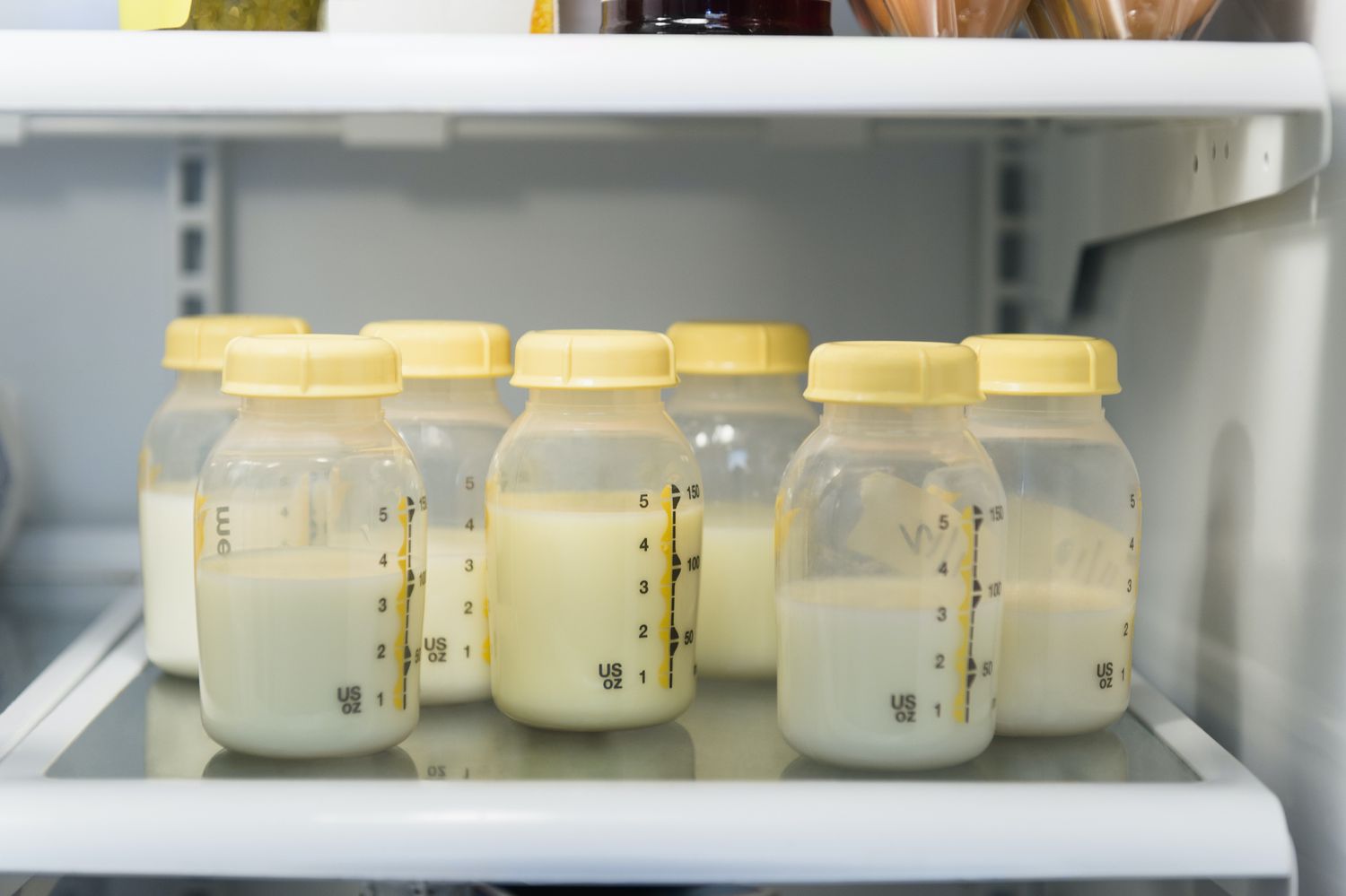
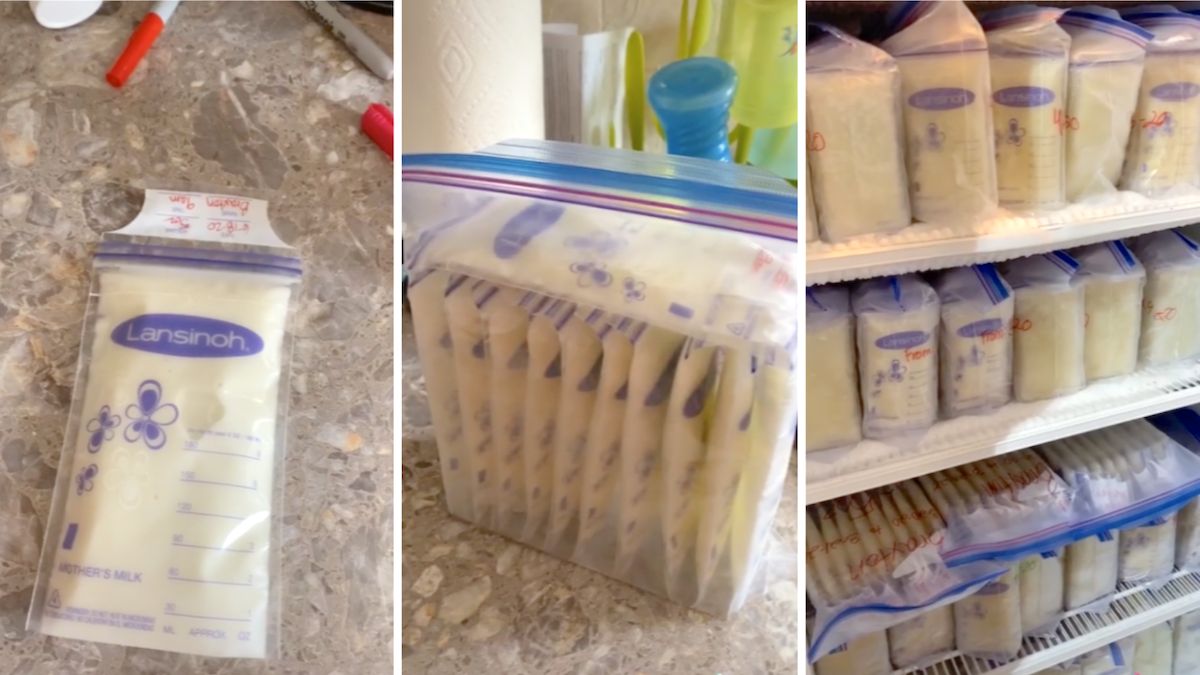
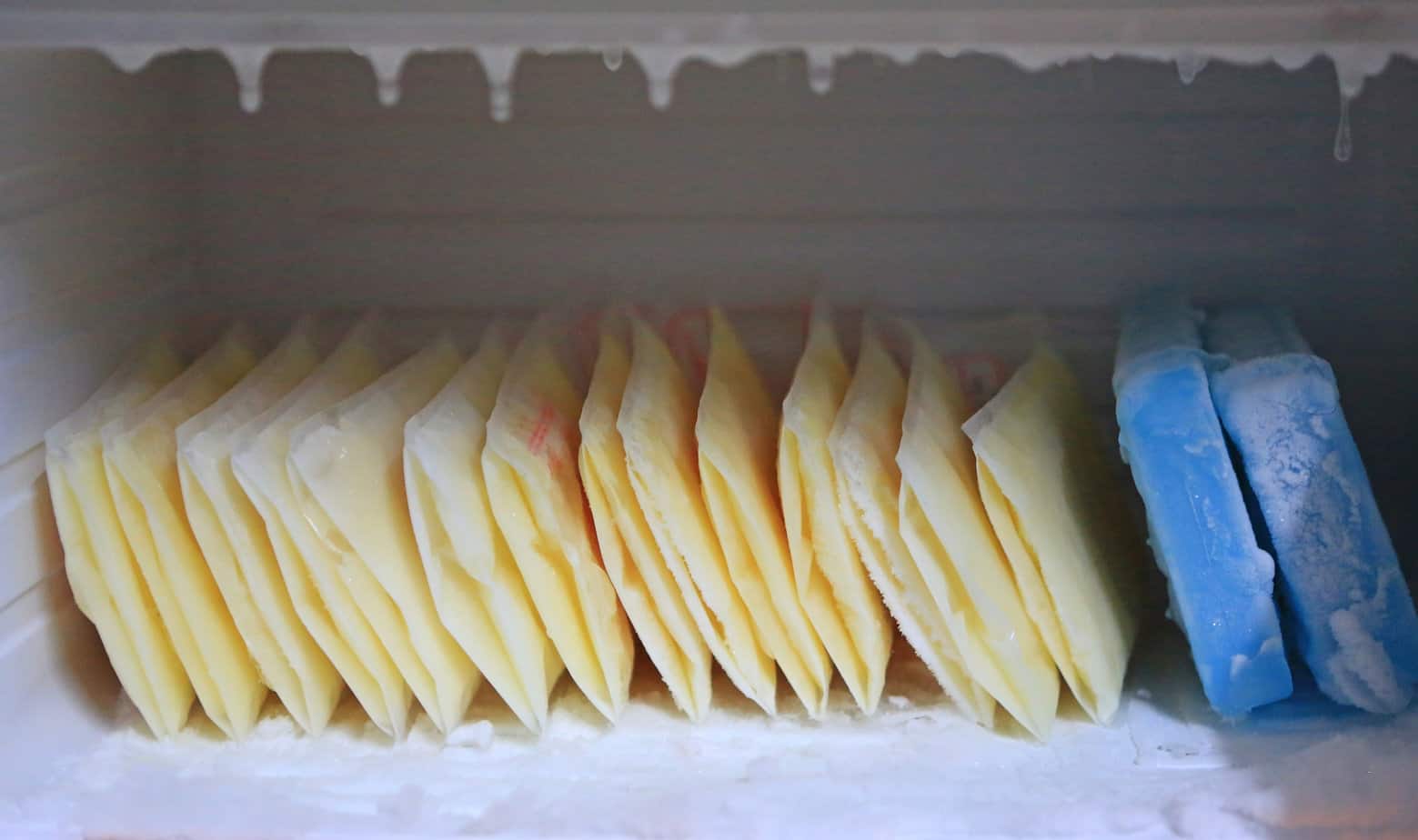
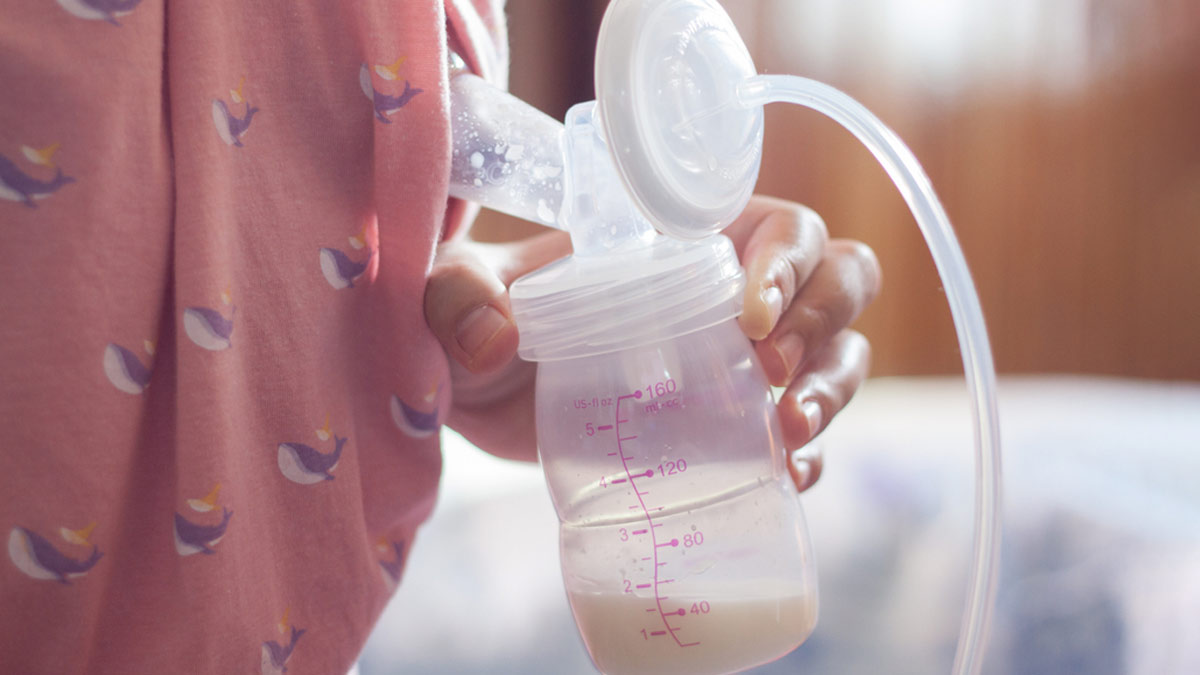
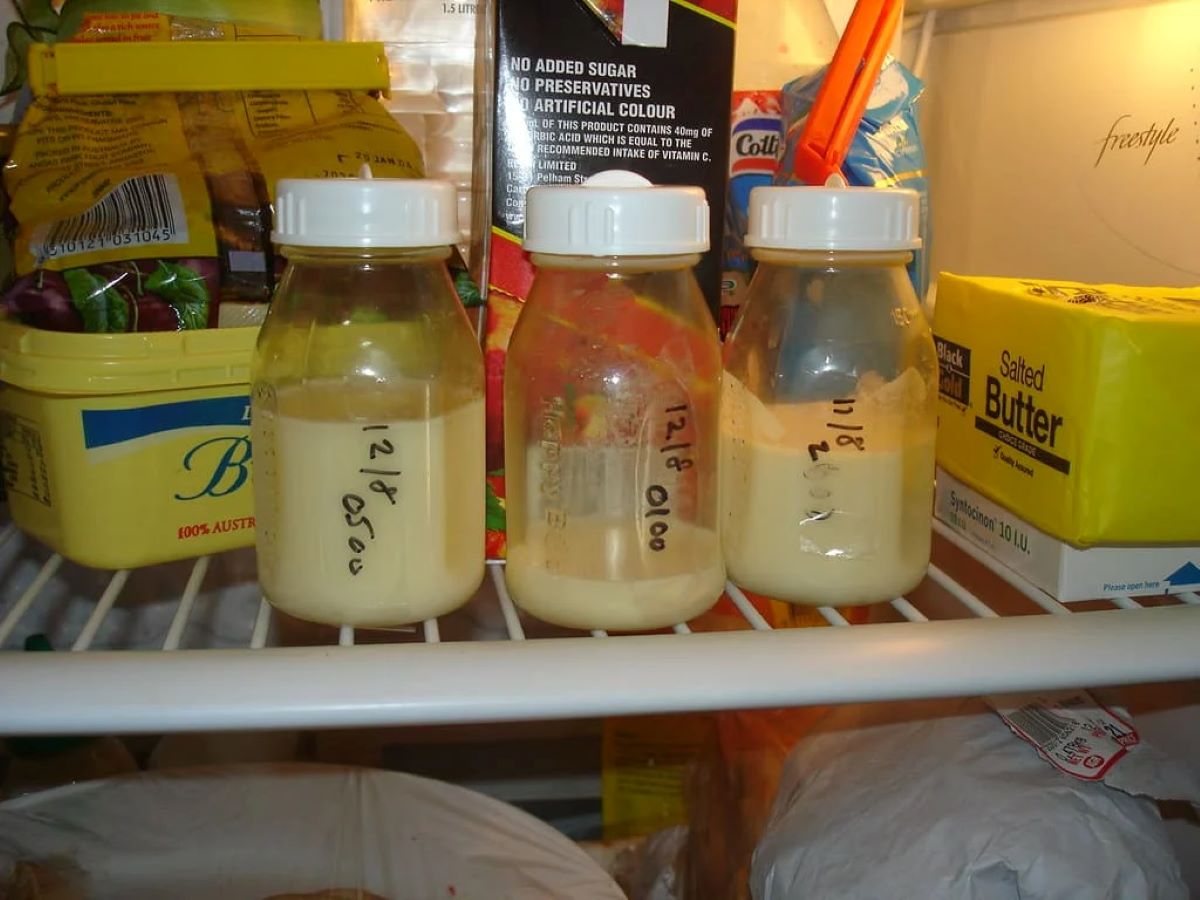
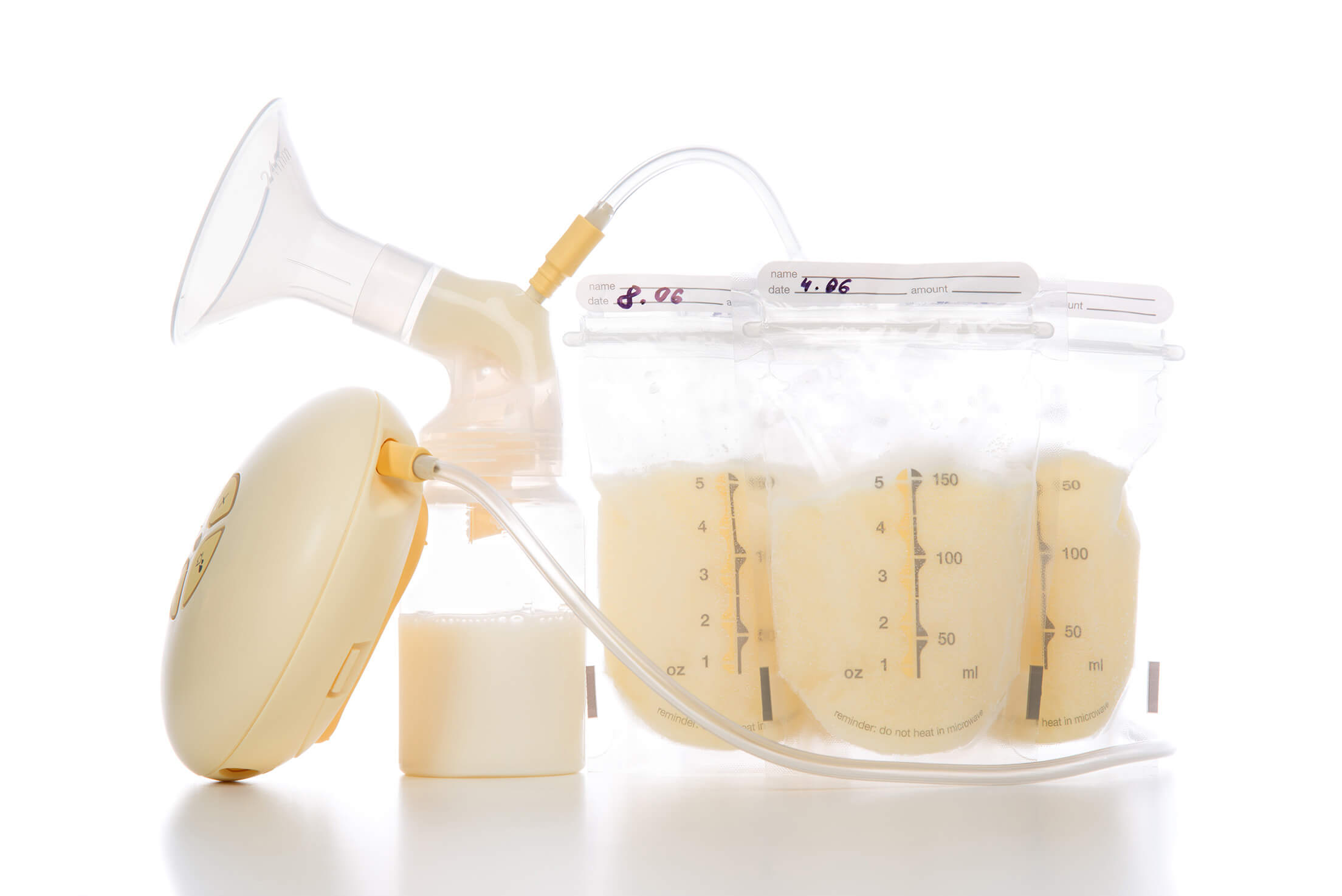
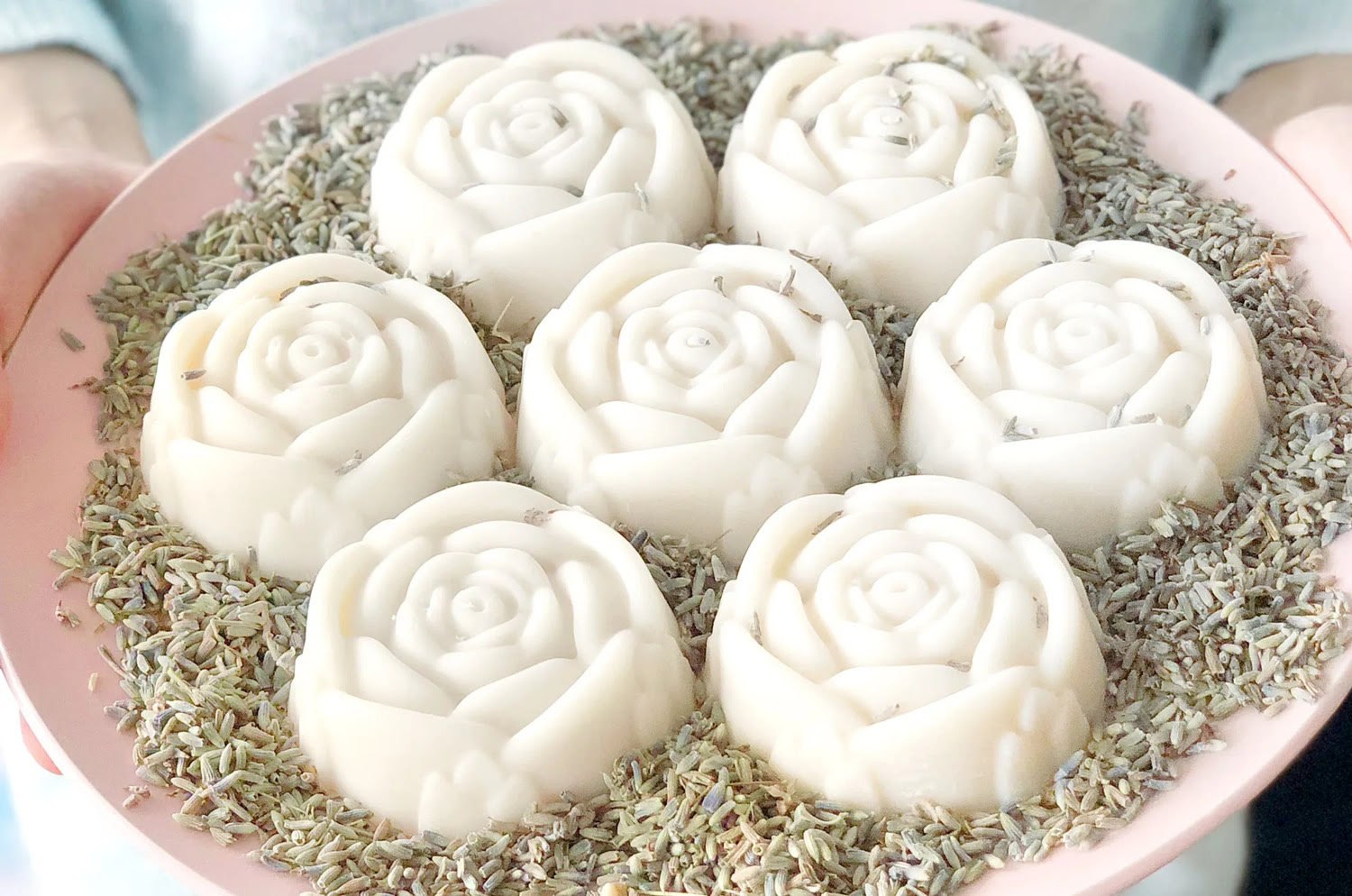
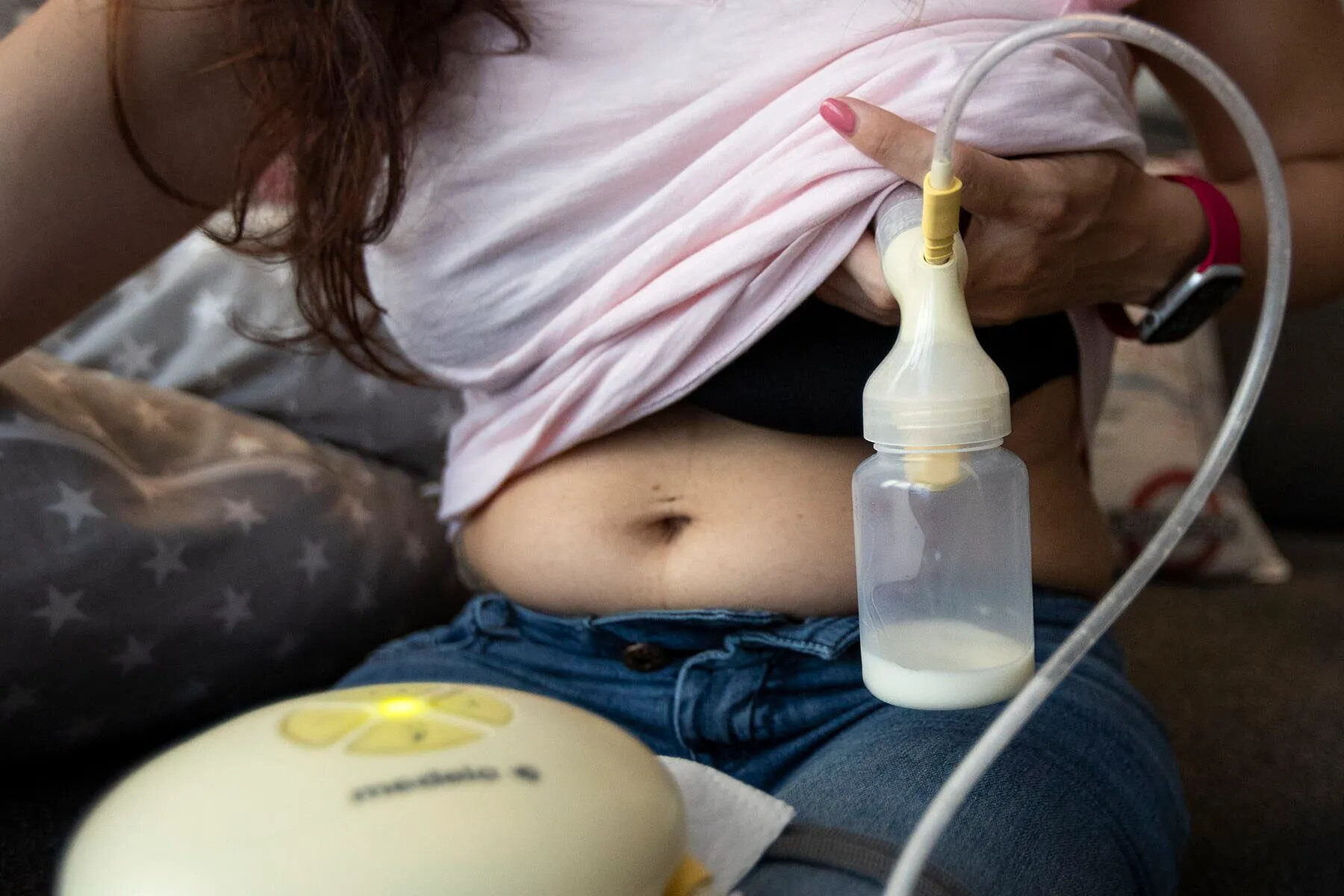
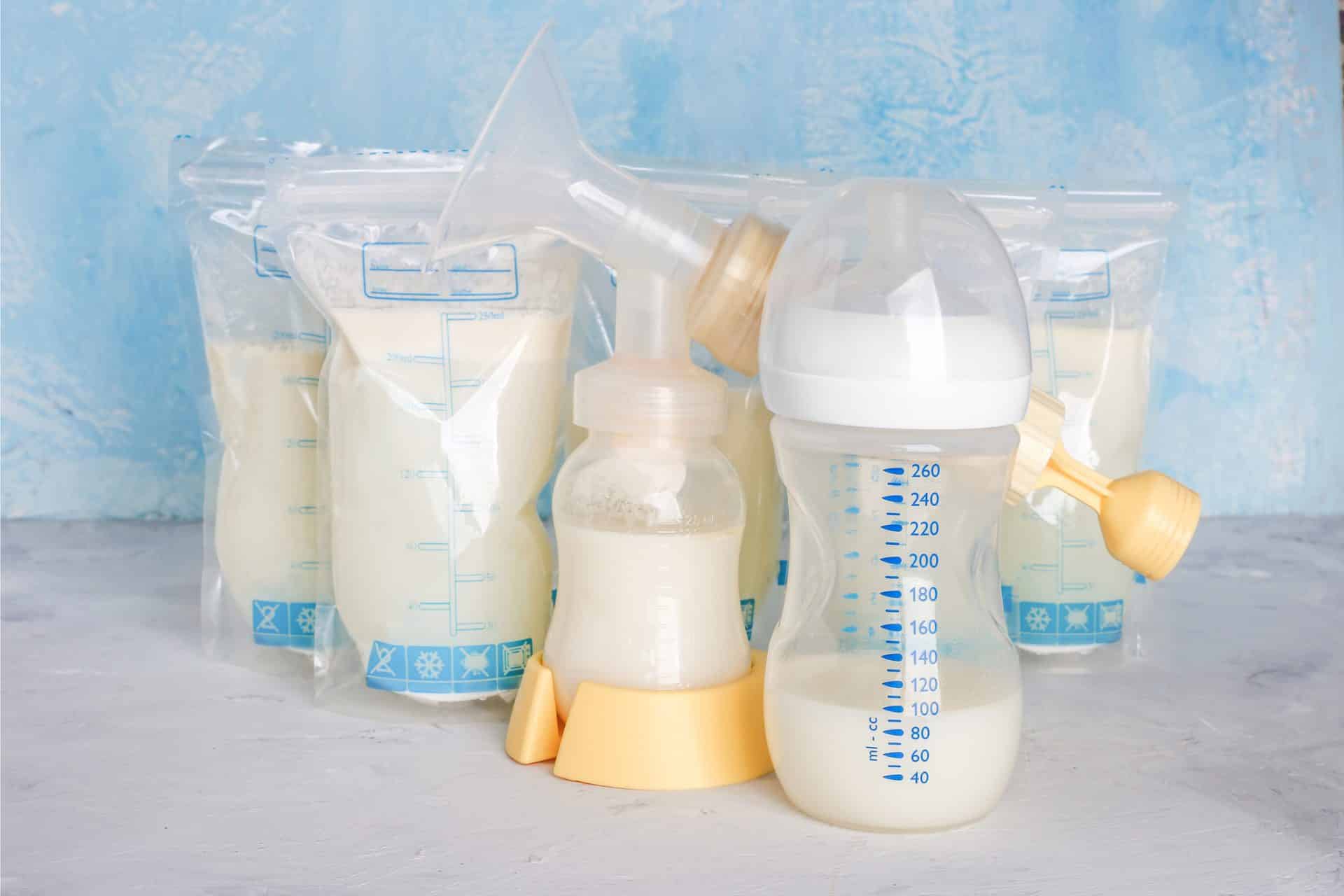
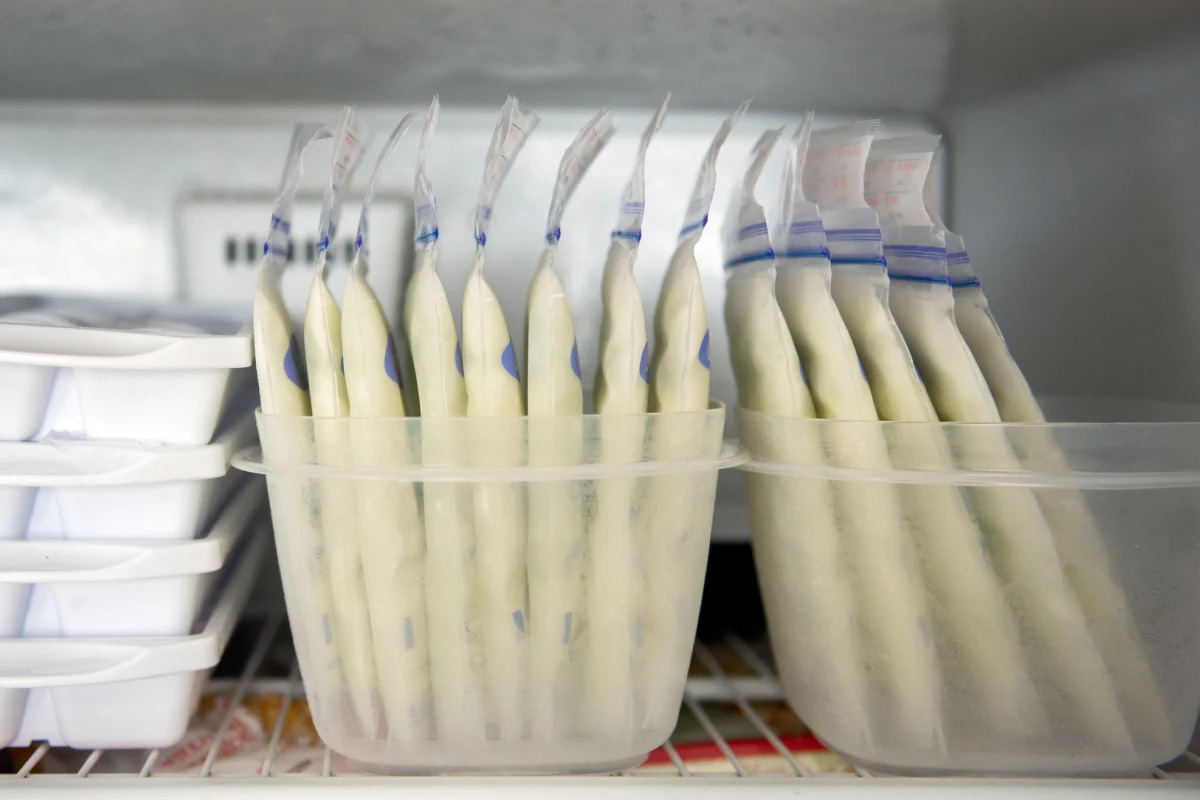
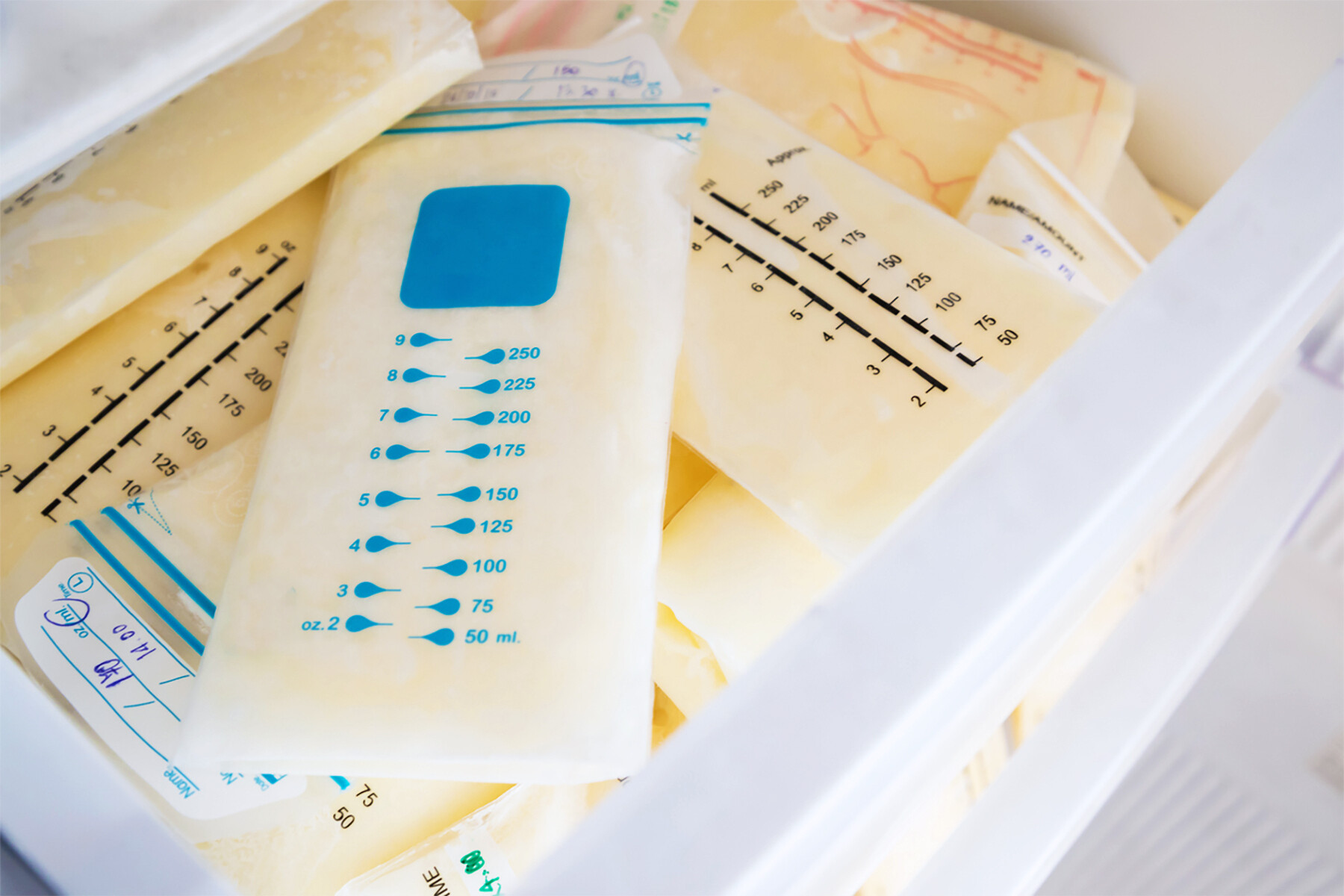
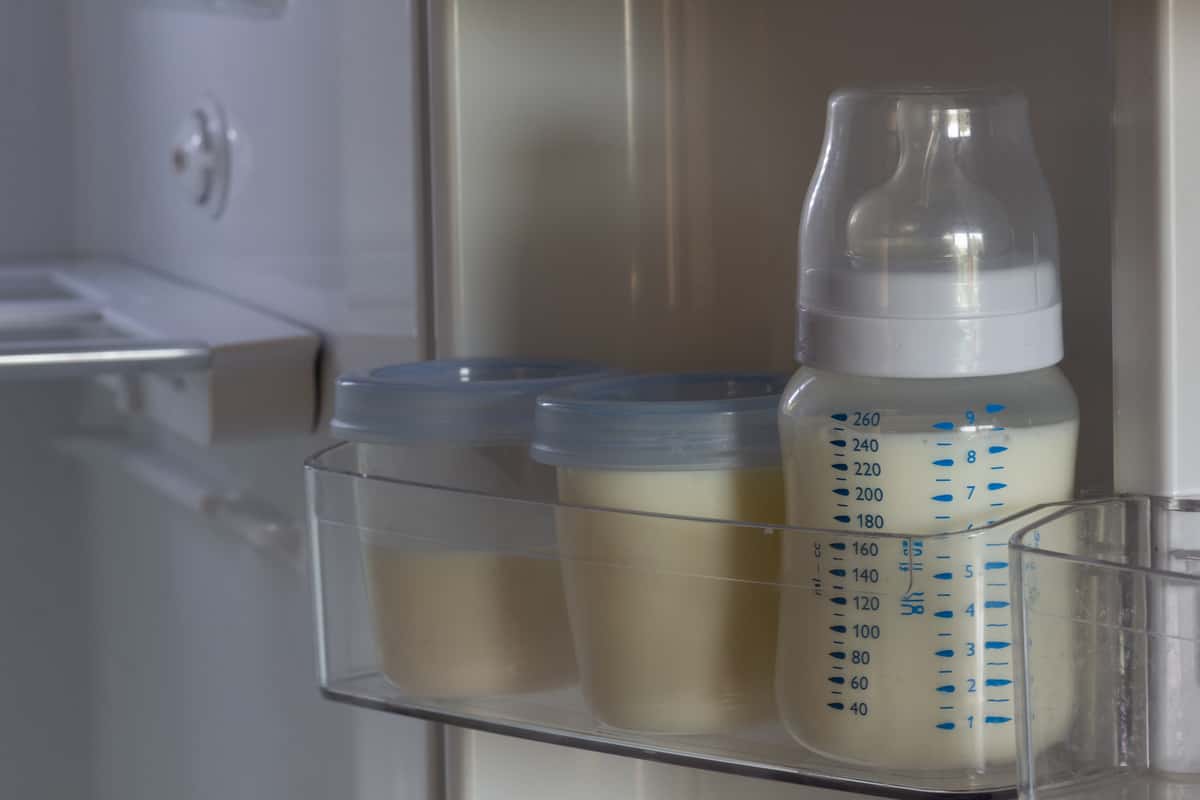
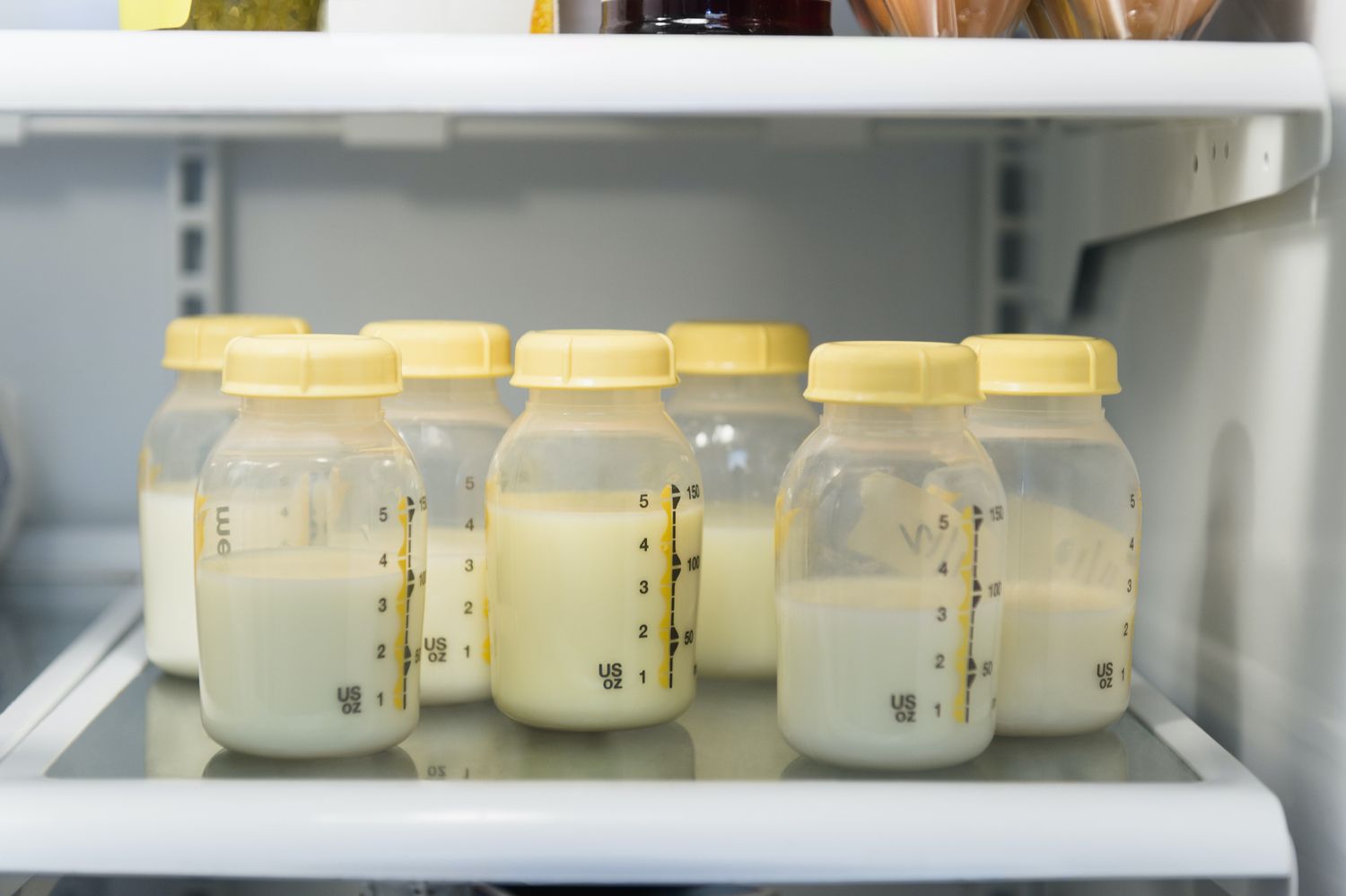

0 thoughts on “How To Store Breast Milk When Going Out”